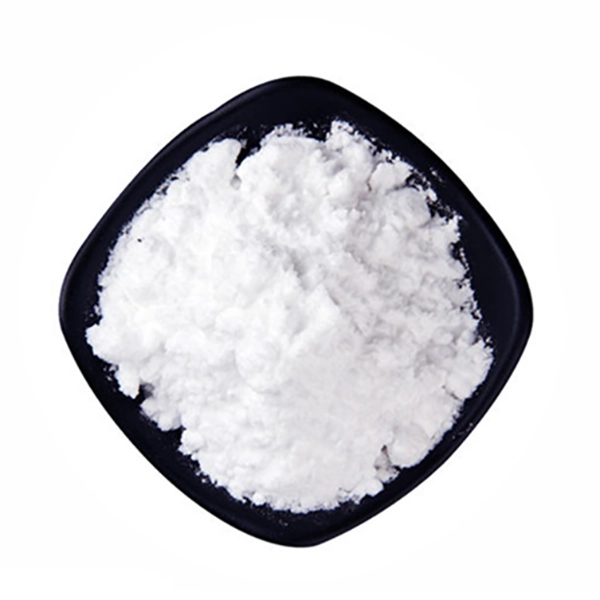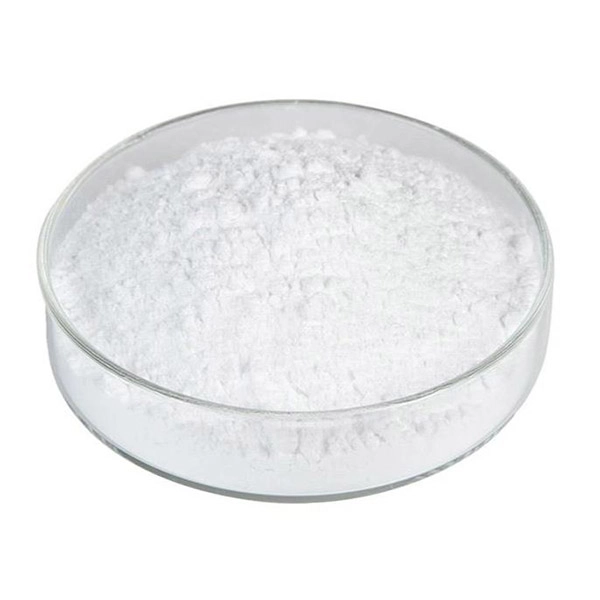+86-15212299029
- All
- Product Name
- Product Keyword
- Product Model
- Product Summary
- Product Description
- Multi Field Search
Views: 220 Author: tcchems Publish Time: 2025-10-30 Origin: Site











Content Menu
● Understanding Tranexamic Acid
>> Benefits of Tranexamic Acid
● Can Tranexamic Acid and Vitamin C Be Used Together?
>> Compatibility of Tranexamic Acid and Vitamin C
>> Benefits of Using Them Together
● How to Incorporate Tranexamic Acid and Vitamin C into Your Skincare Routine
● Potential Side Effects and Precautions
>> Side Effects of Tranexamic Acid
>> Precautions
In the world of skincare, the combination of various ingredients can lead to enhanced results. Among the many ingredients that have gained popularity, tranexamic acid and vitamin C stand out for their unique benefits. This article explores the compatibility of tranexamic acid with vitamin C, their individual benefits, and how to effectively incorporate them into your skincare routine.

Tranexamic acid is a synthetic derivative of the amino acid lysine. It is primarily known for its ability to reduce excessive bleeding in medical settings, but it has also found a place in dermatology. In skincare, tranexamic acid is celebrated for its ability to lighten hyperpigmentation, melasma, and dark spots. It works by inhibiting the synthesis of melanin, the pigment responsible for skin color.
Tranexamic acid offers several benefits for the skin:
- Reduces Hyperpigmentation: It effectively targets dark spots and uneven skin tone.
- Improves Skin Texture: Regular use can lead to smoother skin.
- Anti-Inflammatory Properties: It helps calm irritated skin, making it suitable for sensitive skin types.
- Enhances Skin Brightness: By reducing pigmentation, it contributes to a brighter complexion.
Vitamin C, also known as ascorbic acid, is a powerful antioxidant that plays a crucial role in skin health. It is essential for collagen synthesis, which helps maintain skin elasticity and firmness. Vitamin C is widely recognized for its brightening effects and its ability to protect the skin from environmental damage.
Vitamin C offers numerous benefits for the skin:
- Brightens Skin Tone: It helps reduce the appearance of dark spots and promotes an even skin tone.
- Boosts Collagen Production: This leads to firmer, more youthful-looking skin.
- Protects Against Free Radicals: As an antioxidant, it neutralizes free radicals that can cause skin damage.
- Reduces Inflammation: Vitamin C can help soothe irritated skin and reduce redness.
The question of whether tranexamic acid can be used with vitamin C is a common one among skincare enthusiasts. Both ingredients have unique benefits, and their compatibility can enhance the overall effectiveness of a skincare routine.
Tranexamic acid and vitamin C can be used together, but there are a few considerations to keep in mind:
- pH Levels: Vitamin C is most effective at a low pH, while tranexamic acid has a more neutral pH. Using them together may require careful formulation to ensure both ingredients remain effective.
- Layering Order: When applying both ingredients, it is essential to consider the order of application. Typically, vitamin C is applied first, followed by tranexamic acid. This allows the vitamin C to penetrate the skin effectively before the tranexamic acid is applied.
Combining tranexamic acid and vitamin C can provide a synergistic effect, leading to enhanced results:
- Enhanced Brightening: Both ingredients target hyperpigmentation, making them a powerful duo for achieving a brighter complexion.
- Improved Skin Texture: The combination can lead to smoother skin and a more even tone.
- Comprehensive Protection: While vitamin C protects against environmental damage, tranexamic acid works to reduce existing pigmentation, providing a comprehensive approach to skin health.
To effectively incorporate tranexamic acid and vitamin C into your skincare routine, follow these steps:
1. Cleanse Your Skin: Start with a gentle cleanser to remove impurities and prepare your skin for treatment.
2. Apply Vitamin C: Use a vitamin C serum or product. Apply a few drops to your face and neck, gently massaging it into the skin. Allow it to absorb for a few minutes.
3. Apply Tranexamic Acid: After the vitamin C has absorbed, apply tranexamic acid. This can be in the form of a serum or cream. Again, massage it gently into the skin.
4. Moisturize: Follow up with a moisturizer to lock in hydration and further enhance the benefits of the active ingredients.
5. Sunscreen: In the morning, always finish with a broad-spectrum sunscreen to protect your skin from UV damage, especially when using active ingredients like vitamin C.
Both tranexamic acid and vitamin C can be used daily, but it is essential to monitor your skin's response. If you experience irritation, consider using them on alternate days or reducing the frequency of application.
While tranexamic acid is generally well-tolerated, some individuals may experience:
- Skin Irritation: Redness or irritation may occur, especially in sensitive skin types.
- Allergic Reactions: Rarely, some individuals may have an allergic reaction. It is advisable to perform a patch test before full application.
Vitamin C is also well-tolerated, but potential side effects include:
- Irritation: Some people may experience stinging or redness, particularly with high concentrations.
- Sensitivity to Sunlight: Vitamin C can make the skin more sensitive to sunlight, so sunscreen is crucial.
- Patch Test: Always perform a patch test when introducing new products to your routine.
- Consult a Dermatologist: If you have specific skin concerns or conditions, consult a dermatologist before combining active ingredients.
In conclusion, tranexamic acid and vitamin C can be effectively used together in a skincare routine. Their combined benefits can lead to brighter, more even-toned skin while addressing issues like hyperpigmentation and skin texture. By following the proper application methods and being mindful of your skin's response, you can enjoy the advantages of these powerful ingredients.

1. Can I use tranexamic acid and vitamin C together every day?
Yes, both can be used daily, but monitor your skin for any irritation.
2. What is the best order to apply tranexamic acid and vitamin C?
Apply vitamin C first, followed by tranexamic acid.
3. Are there any side effects of using tranexamic acid?
Some may experience skin irritation or allergic reactions.
4. Can I use vitamin C in the morning and tranexamic acid at night?
Yes, this is a great way to incorporate both into your routine.
5. Is it necessary to use sunscreen when using vitamin C?
Yes, sunscreen is essential as vitamin C can increase sun sensitivity.
Hot Tags: China, Global, OEM, private label, manufacturers, factory, suppliers, manufacturing company



